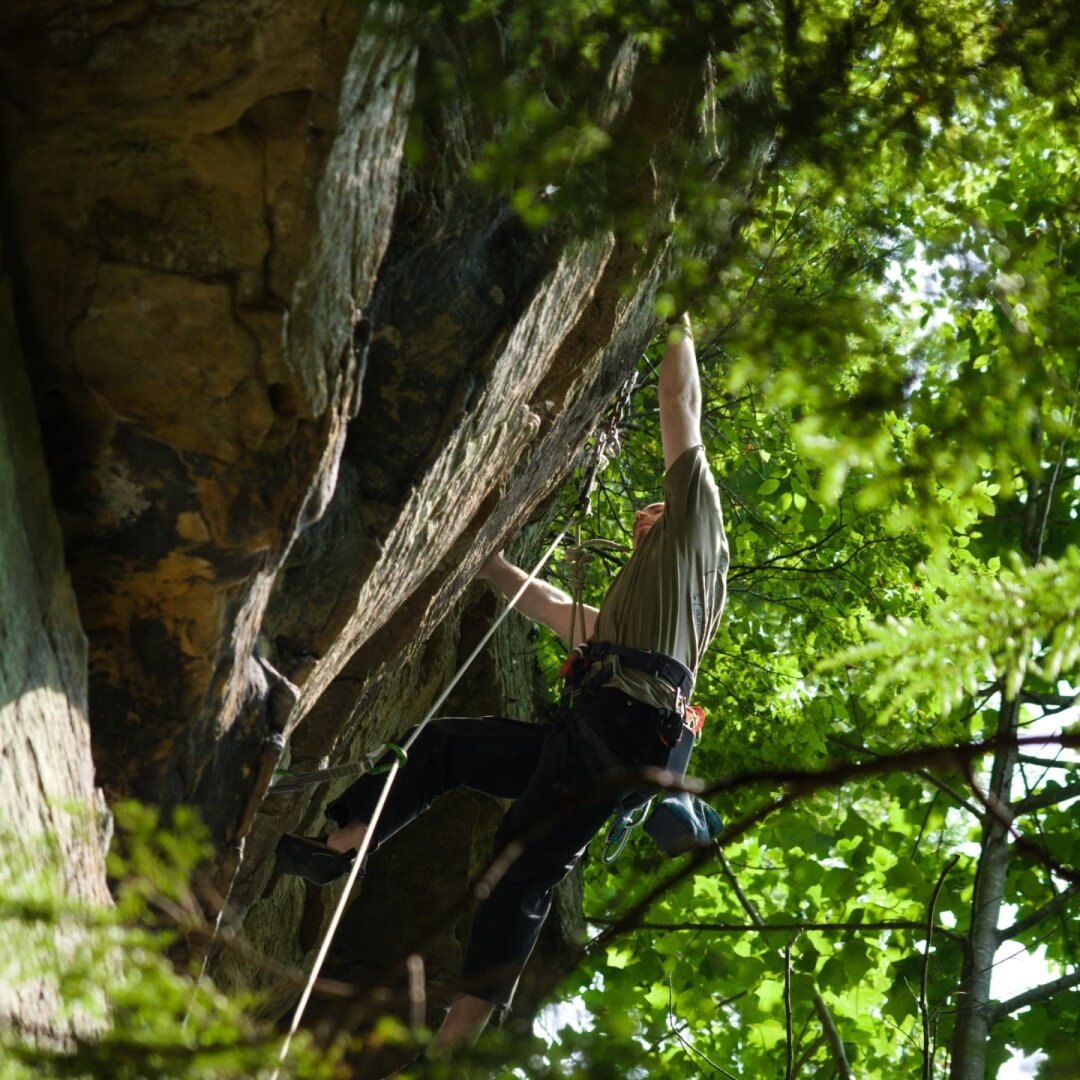A Major Breakthrough for America’s Climbing Legacy
General News
1
Posts
1
Posters
113
Views
1
Watching
-
A bipartisan group of 14 U.S. Senators just came together to urge the Biden administration to not unnecessarily impose a blanket prohibition on all fixed anchors in all Wilderness areas.

A Major Breakthrough for America’s Climbing Legacy — Access Fund
A bipartisan group of 14 U.S. Senators just came together to urge the Biden administration to not unnecessarily impose a blanket prohibition on all fixed anchors in all Wilderness areas.
Access Fund (www.accessfund.org)
